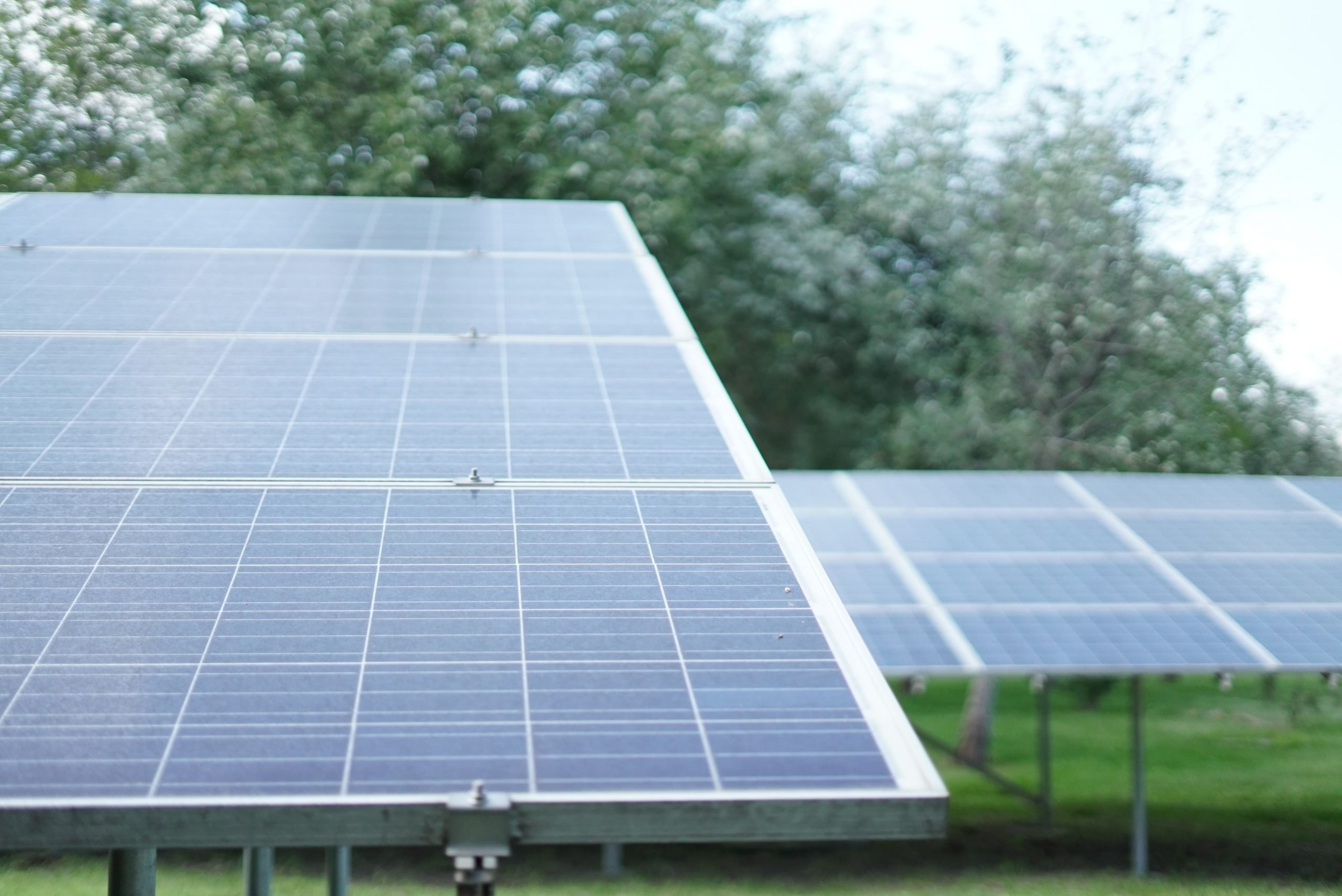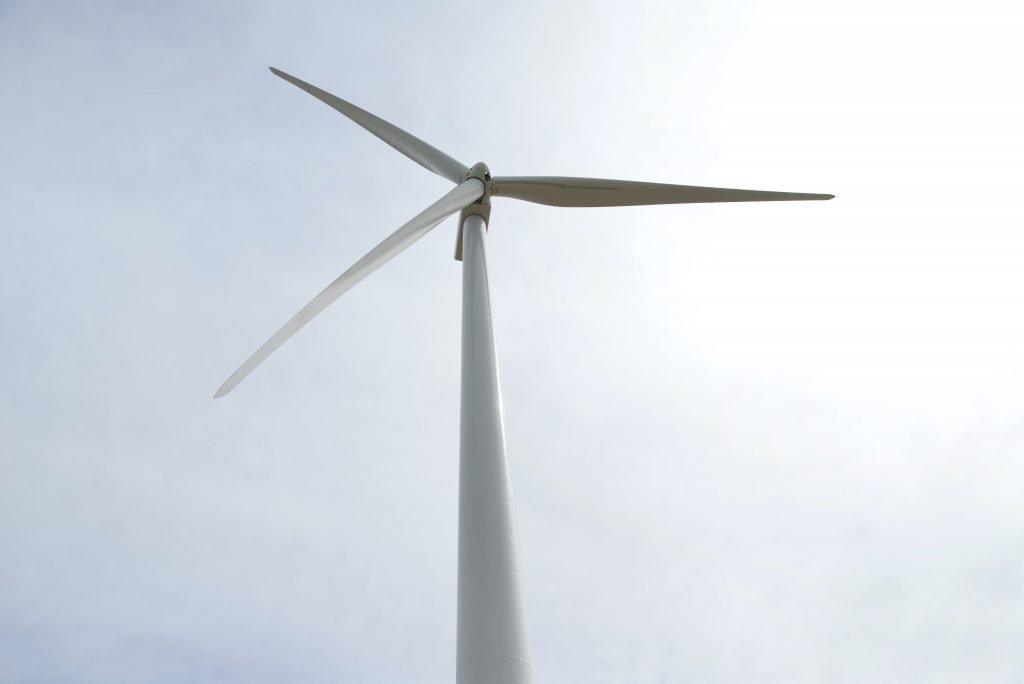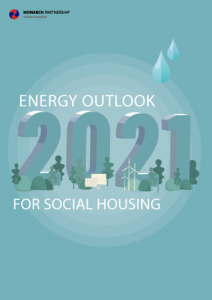On-site renewable energy generation offers a multitude of benefits for businesses and is forecast to see more growth as the technology becomes less expensive and more efficient. Government schemes like the Smart Export Guarantee (SEG) can help incentivise this growth by ensuring savings and stability.
What is the Smart Export Guarantee (SEG)?
The SEG offers payment to small-scale renewable energy generators for excess electricity exported to the National Grid. The SEG came into effect on 1 January 2020, replacing the Feed-in Tariff (FiT) scheme which applied to businesses and households with installed solar PV.
Do I apply for the Smart Export Guarantee?
If you are a small-scale energy generator with either solar PV, wind, CHP, Hydro, or Anaerobic digestion, installed in Great Britain with a capacity not exceeding 5MW, you may fit the criteria for the SEG.
For next steps and more info check out our SEG Guide
What if I already get the Feed-in Tariff (FiT)?
If you signed up for FiT before the deadline, your payments will continue until your contract runs out. The SEG is mostly for companies or households with new renewable energy installations or for those who missed the FiT deadline.
The feed-in tariff closed in 31st March 2019. There is no FiT subsidy for newly installed renewable energy technologies after this date. Backdated applications will not be accepted.
What is the difference between SEG and FiT?
Whilst the SEG is replacing the Feed-in Tariff, there are differences between the two schemes. The Feed-in Tariff included both export and generation tariffs, but the SEG only provides the former. In other words, with the SEG you will only be provided tariffs for the renewable energy you don’t use. This means that customers may not see as much financial benefit for the renewable energy they are generating as solar panel owners initially did with FiT.
There is also a scheme for renewable heat technologies for both domestic and non-domestic purposes known as the RHI and non-domestic RHI. This is a government scheme providing a financial incentive for the installation of renewable heat technologies. Eligible technologies include biomass heat, solar thermal and heat pumps.
How do I know if on-site generation is right for my business?
On-site generation can provide your business with energy security: a worthwhile commodity in a volatile market. It can also help you avoid non-commodity costs which can make up almost 60% of your energy bills.
At Monarch, we support any initiative that incentivises clean energy generation and usage and we offer sustainability simplification across various sectors. We guide our clients towards the most sustainable and cost-effective energy management plan. This includes smart metering, bill validation, renewable energy procurement and exploring your on-site energy generation options.
If you are interested in embarking on your sustainable journey contact us at Monarch.
















